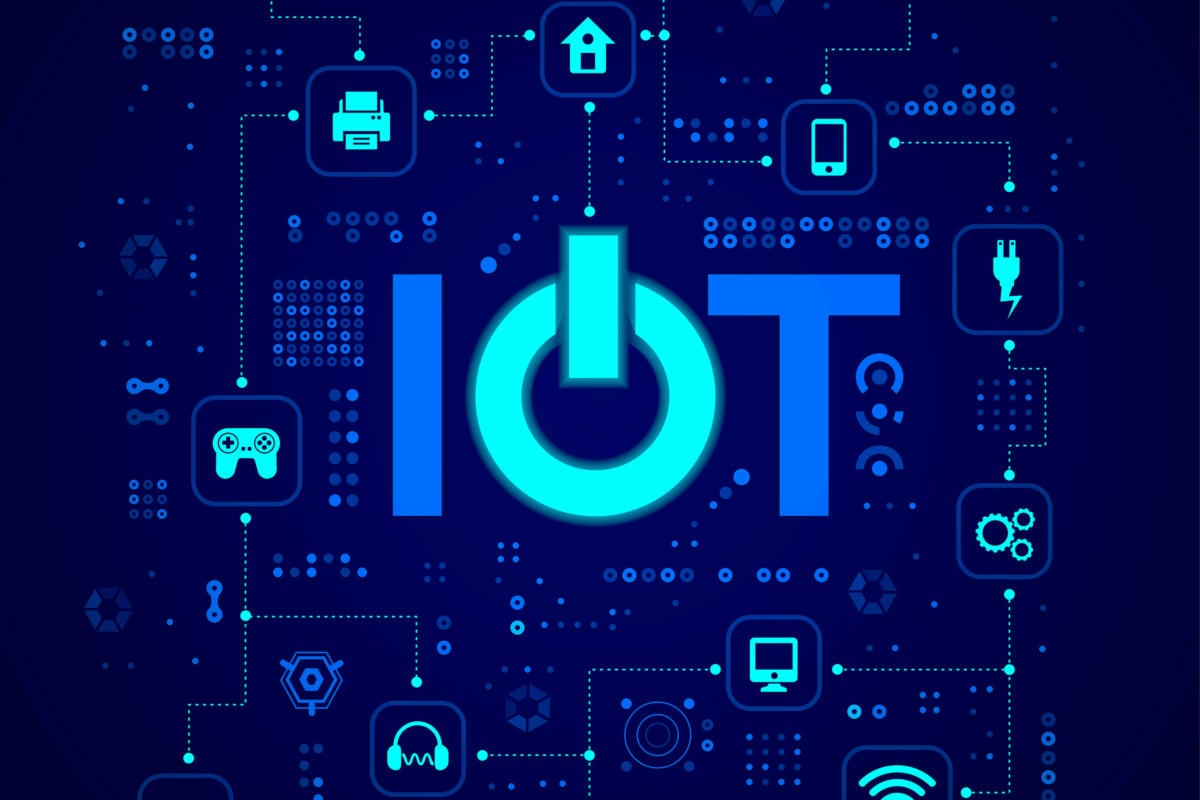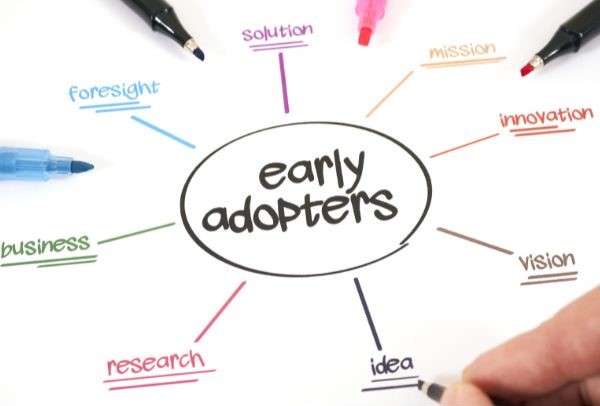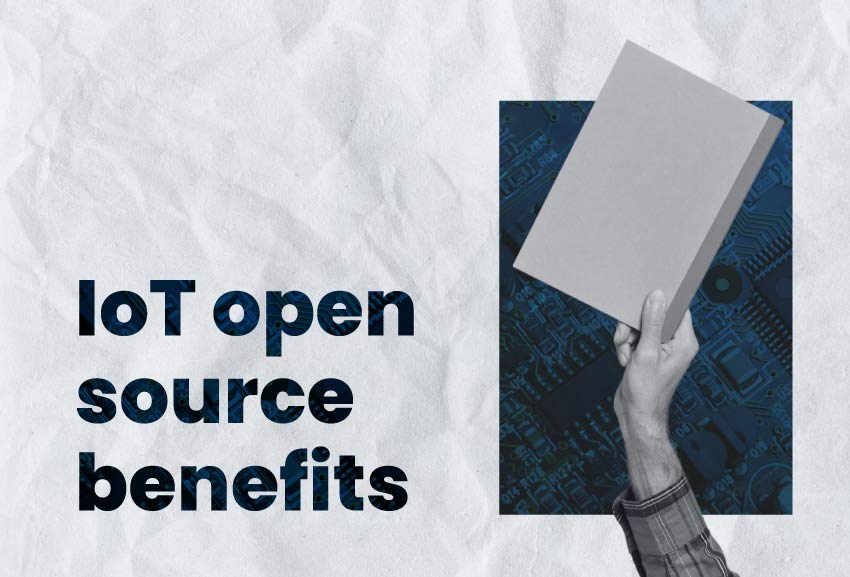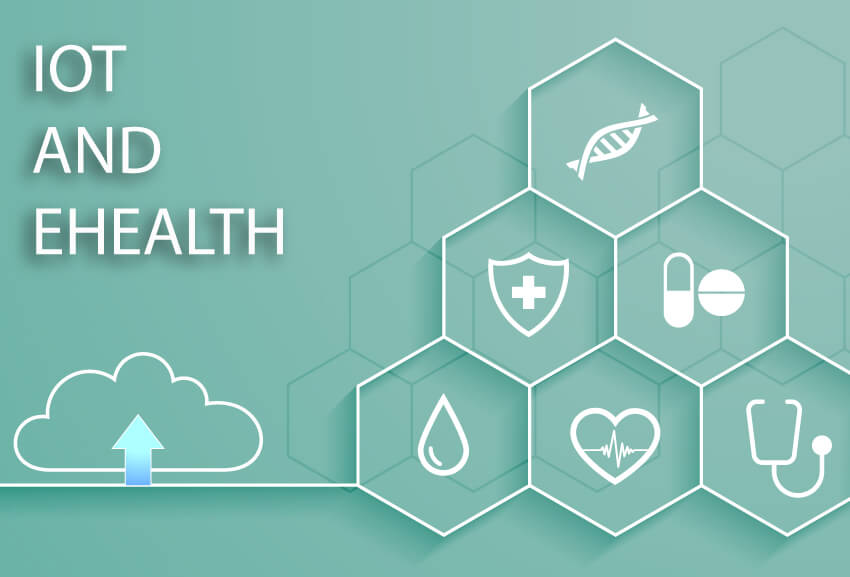The Internet of Things (IoT) allows the connection between physical devices and electronic devices, making possible the data exchange among them. In other words, it helps people to stay connected with things at any moment, in any place and with any network.
Which are the characteristics of IoT?
IoT is really important, almost every device we have at home brings now internet connection features, and people love them as well.
What characteristics can we find in IoT products?
- Connects everyday objects, “things” with a specific purpose. These smart devices may be for general and daily use.
- The objects stay connected to the internet and among them.
- The interaction between the objects and the internet is possible without human intervention.
Here are a few examples of the IoT devices
We wrote an article about IoT devices examples, but we would like to show you some examples in this market:
- Agricultural sensors: thanks to these, farmers have access to real time data of the environment. These sensors acquire large amounts of data, such as: sunlight, temperature, fertilizer levels and so forth.
- Trackers: these are objects that can track for example the luggage when you travel.
- Home sensors: Nowadays is very common to monitor home tasks through smartphone Apps; such is the case with Alexa, which can control home lighting or turn the washing machine on and off just by giving the command from the app on your cell phone.
In addition, there are sensors that measure and control energy efficiency of industrial machines, in real time, and have the ability to predict failures in their performance or determine if maintenance is necessary. For example, the oil industry uses these sensors to monitor their drilling machines.
Components of an IoT project
IoT projects have a common structure in their developments. Although many times the Internet of Things devices have different functions, we can show that the creation process is the same for everyone.
If your goal is to carry out a project of this type, we will tell you now what are the components you need.
Sensors and actuators:
- Sensor: It is the device in charge of capturing a physical signal and converting it into an electrical signal.
The types of sensors are: contact, optical, acoustic, pressure, thermal, humidity, magnetic, infrared and chemical.
These devices are responsible for detecting vibration, touch, fingerprints, position, angle, displacement, distance, speed, ionizing radiation, electricity, photons, force, density, level, pressure, temperature, presence, proximity, etc.
- Actuator: this device transforms an electrical signal into a physical action.
The types of actuators are: Relay (electrically driven electrical switch), magnetic, hydraulic, pneumatic and motor.
With these you can make linear or circular movements. For example, to command the opening of a solenoid valve, to start a motor driven fan, or acoustic signals can be sent, just like a speaker.
- Hardware: It is in charge of interconnecting sensors / actuators with the cloud. In rapid prototyping these can be Arduino/Raspberry Pi, but in production they are usually custom programmed microcontrollers.
- Platform: These have the function of connecting hardware, such as sensors and devices; operate different security protocols between hardware and software; provide security for devices and users. As well as viewing, analyzing, and collecting the data it receives from sensors and devices.
Taking into account their functions, we can mention that in addition to the basic ones, some platforms have special characteristics such as mining
The most important characteristic that a platform should have is its flexibility, because it relies on this in order to support different security protocols, such as XMPP,MQTT or REST.
Regarding its implementation, we can say that although the platform is in the cloud, for larger projects it is necessary to know if it can also be implemented locally.
- Communication: The IoT refers to the connection of devices with the internet.
There are different types of networks available to reach the communication of the platform with the devices. In order to choose the right network, it must be taken into consideration the goals and characteristics of each project.
What factors are critical to choosing the network technology?
- Device extension: On one hand if the devices are located in the same area, for example in a building, high-range technologies such as Wi-Fi, Zigbee or Lora Wan become widely used options.
On the other hand, if the devices are located in a city or country, the most suitable technology is Sigfox or mobile networks such as 2G, 3G, 4G. And where there is availability, mobile IoT networks such as NB-IoT or LTE-M
- Network coverage: You can install your own network or use an available network, provided by third parties.
- Required data rates: some network protocols are not suitable due to the amount of data sent by the sensors.
- Applications: This is the last component in order to build an IoT project. These are software systems that use the data received by the devices.
There are three application types:
- Custom: Are those that use standard software technologies and are developed from scratch
- Vertical applications of IoT: have out-of-the-box functionalities with a specific application domain, such as smart building monitoring or smart water metering.
- Toolbox and frameworks: These are used to build dashboards or reports.
In conclusion, it is necessary to understand these components in order to put together an Internet of Things project, and thus, know how to choose a good IoT hardware development company capable of providing everything necessary to carry it out.
If you need advice to set up the right components for your IoT project, schedule a free consultation with our experts.






